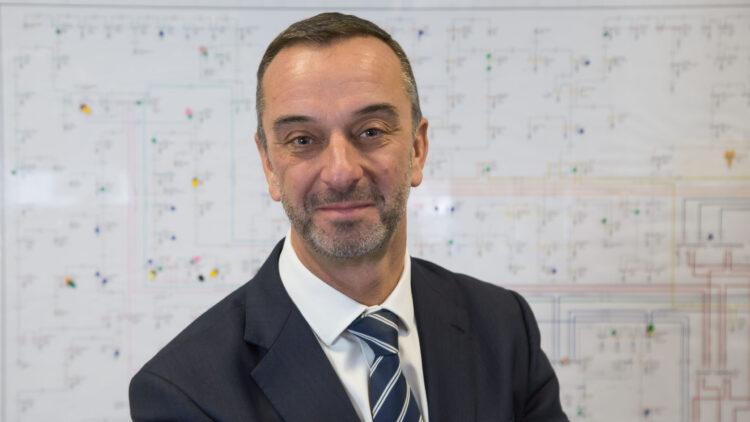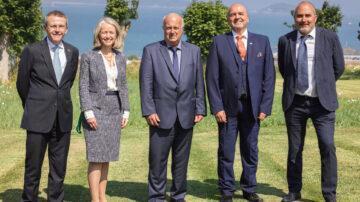Guernsey Electricity has published its strategic direction that will see its environmental performance return to previous levels and provide a solid foundation to develop aspirations for a low carbon energy supply and a high level of energy security.
As outlined in the company’s 2018/19 annual report and accounts, the failure of the undersea electricity cable (GJ1), in October 2018 significantly affected performance against Guernsey Electricity’s environmental targets.
As a result of only being able to import 55% of the Island’s electricity from low carbon and renewable sources in France due to ongoing reliability issues with the cable link, Guernsey Electricity emissions resulted in a carbon intensity of 347gCO2equiv/kWh (grams of carbon dioxide equivalent intensity per kilowatt hour) for the financial year. Without the failure of GJ1, the company’s forecasted position was 91% imported electricity and a carbon intensity of 72g CO2equiv/kWh.
Chief Executive Officer of Guernsey Electricity, Alan Bates, said: “Our importation levels have increased year-on-year over the last four years, which demonstrates that with a reliable cable we could have achieved our strategic goal of imports meeting or exceeding 85% of the island’s electricity supply.”
Mr Bates explained how the priorities of Guernsey Electricity for 2020 continue to be improving environmental performance and reducing greenhouse gas emissions.
“The failure of GJ1 affirms the benefit of our long term strategy of two cable links to meet the Island’s demand for secure environmentally friendly and low cost electricity. Hence, we will continue to move forward with securing a second connection direct from France to Guernsey to provide Guernsey with this reliable, sustainable and affordable electricity supply.
“Installing a direct cable link with Normandy will allow us to meet around 99% of Guernsey’s needs. The average carbon intensity will reduce further and be approximately 5gCO2equiv/kWh, based on the current terms between the Channel Islands Electricity Grid and Electricité de France,” said Mr Bates.
The company will also continue to support local renewable generation; in particular community scale solar PV systems. Community generation projects such as the solar array commissioned at Guernsey Post’s Envoy House, enables all islanders to benefit from an increasing proportion of local renewable energy as it feeds directly into the Island’s network.
Supporting electric transport as a key enabler to a low carbon future and promoting the decarbonisation of domestic and commercial heating also form key strategic priorities for Guernsey Electricity.
“As a business we need to be adaptable and agile as the way we use and generate electricity evolves. Further engagement and policy development needs to look to the energy system in a decade’s time and how as an island we can create a low carbon system that customers see as fair to all and which delivers excellent service, choice and value for money to homes and businesses,” added Mr Bates.















